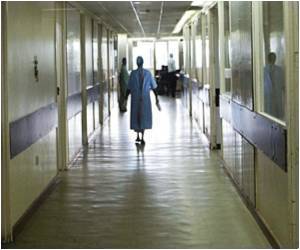
They found that the frequency of PADRs leading to hospitalisation or emergency visit among adult out-patients was 2.0% and that 51% of all such ADRs were preventable. Among the elderly, preventability was as high as 71%. For in-patients, the frequency of PADRs was 1.6% and 45% of all such ADRs were preventable.
"We knew that ADRs were common and that some of them were preventable", says Ms Hakkarainen, "but no previous study had looked at their frequency in both in-patients and out-patients. We would have liked also to investigate their frequency in primary care, where the ADR did not lead to a hospital or emergency visit, but there are very few data available on this issue."
Preventable ADRs can take many forms. One is internal bleeding associated with the use of anticoagulant (blood-thinning) therapy to prevent clotting; if this is poorly monitored, severe problems can occur. Inappropriate use of painkillers can also lead to severe gastrointestinal bleeding. Other types of PADR may occur when there is a contraindication for a particular treatment which is ignored or overlooked. It may also be that, although the treatment is correct, the patient takes too high a dose.
At a time when more and more medications are available and used across all age groups, the frequency of both ADRs and PADRs is bound to increase, the researchers say, emphasising that it is important to differentiate between the two. For example, some ADRs occur even though the treatment was correct and in line with recommendations, and some of these may be relatively minor when compared with the benefit of the therapy. These ADRs are considered to be non-preventable.
Other studies have found that PADRs are more severe than non-preventable ones, the researchers say. In one study, 32% of all PADRs were severe - potentially life threatening, causing permanent damage, or requiring intensive care – while only 19% of the non-preventable ADRs were severe. In another, 65% of all PADRs caused a hospital admission or prolonged a hospital stay, while most non-preventable ADRs were less severe, with only 33% leading to hospital admission or a prolonged stay.
Advertisement
"The reasons for high numbers of PADRs are varied; they may include poor co-ordination of care, lack of time and knowledge among health professionals, and lack of patient education. Unfortunately there is no consensus today on what to do to prevent ADRs", says Ms Hakkarainen. "But our finding that they are so common means that it is imperative to create a climate in which they are not hidden and that there is no 'blame and shame' involved. Human error will occur while humans continue to work in healthcare and use medicines. Thus, safety measures need to be incorporated into the health system."
Advertisement
Source-Eurekalert










